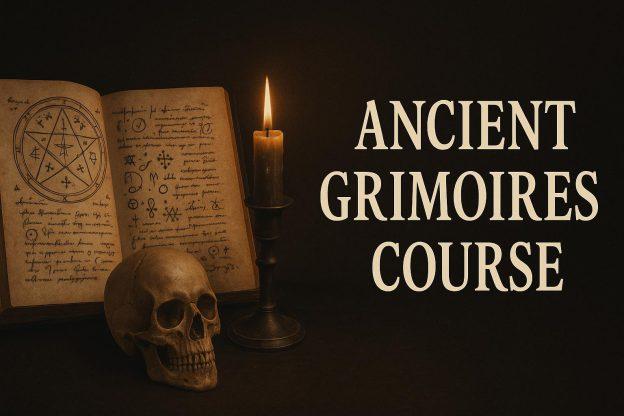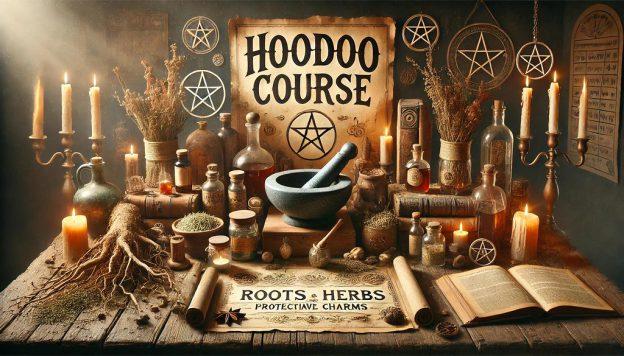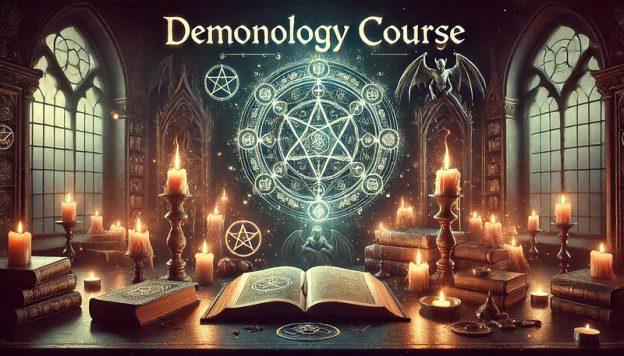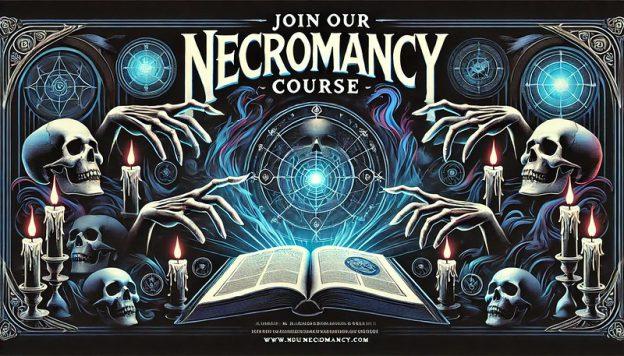Tria Prima

Category: Alchemy • Hermetic Philosophy • Paracelsian Doctrine
The Tria Prima, or Three Primes, are the three fundamental substances of alchemy as defined by the sixteenth-century physician and alchemist Paracelsus (1493–1541). According to his teachings, all matter—both physical and spiritual—is composed of three essential principles: Salt, Sulphur, and Mercury.
These substances are not merely chemical elements in the modern sense, but metaphysical archetypes, expressing the triple nature of creation: body, soul, and spirit. The Tria Prima stand at the foundation of both macrocosm (the universe) and microcosm (the human being), and together they form the framework through which all alchemical operations and transformations occur.
Origins and Philosophical Context
The concept of the Tria Prima arises from Paracelsian alchemy, which sought to reconcile practical laboratory work with Hermetic cosmology and Christian mysticism. Paracelsus believed that behind the visible four elements—Earth, Air, Fire, and Water—exist three higher, celestial principles that emanate directly from the Divine Mind.
These three correspond to divine triads found across many spiritual traditions. In Christianity, for example, they reflect the Holy Trinity—the Father, the Son, and the Holy Ghost. Likewise, in Hermetic philosophy, they parallel the trinity of the One, the Nous, and the World Soul.
To Paracelsus, these principles were the building blocks of all existence, forming not only metals and minerals but also plants, animals, and the human soul itself.
The Three Principles
Salt – The Body (Corpus)
Salt represents the principle of fixity, structure, and preservation. It is the body or material basis of things—the foundation upon which spirit and soul operate. Salt is passive and feminine, associated with the element of Earth and the Moon. In both spiritual and physical alchemy, salt was considered a preservative, a symbol of incorruptibility and immortality.
It is said to be born from fire and seawater, a union of opposites that produces stability and endurance. In the alchemist’s work, Salt symbolises the substance made pure by the fires of transformation, the enduring matter that remains after spiritual refinement.
Sulphur – The Soul (Anima)
Sulphur is the principle of activity, energy, and transformation—the soul of all things. It embodies the fiery masculine essence that animates matter and is linked to the Sun, Fire, and the vital force of nature.
In the alchemical process, Sulphur acts as the transforming agent that burns away impurities, awakening the latent potential within matter. It represents the passionate, creative force—the fire of life and the volatile energy of change.
Mercury – The Spirit (Spiritus)
Mercury occupies the central position between Salt and Sulphur. It is neutral and androgynous, embodying both motion and stillness, matter and spirit. Mercury symbolises the unifying principle, the divine messenger, and the agent of transformation that mediates between opposites.
Fluid and elusive, it was revered for its ability to dissolve gold—signifying its power to break down even the most perfect of metals. In the laboratory, Mercury displays contradictory properties: liquid at room temperature, it can sublimate into white powder (a symbol of spiritual purity but also poison) or transform into red crystals, representing healing and regeneration.
Spiritually, Mercury represents consciousness itself—the ever-changing mind that bridges the physical and divine realms.
Paracelsus on the Tria Prima
Paracelsus described the Three Principles as the true foundation of all metals and the source of all natural phenomena. In his own words:
“You should know that all seven metals originate from three materials, namely from mercury, sulphur, and salt, though with different colours. Therefore Hermes has said not incorrectly that all seven metals are born and composed from three substances, similarly also the tinctures and philosopher’s stone…
But that it be rightly understood what the three different substances are that he calls spirit, soul and body, you should know that they mean not other than the three prinicipia, that is, mercury, sulphur, and salt, out of which all seven metals originate. Mercury is the spirit, sulphur is the soul, salt the body.”
This passage encapsulates the essence of Paracelsian cosmology: all things—metals, humans, and even diseases—arise from these three primordial forces, each expressing a different aspect of divine manifestation.
Alchemy and Healing
Paracelsus extended the doctrine of the Tria Prima into the field of medicine, asserting that disease arises from imbalances among these three principles within the human body. For instance, an excess of Sulphur was believed to cause fever and plague, while disturbances in Salt produced gout or crystallisation of impurities.
Healing, therefore, required the restoration of harmony among Salt, Sulphur, and Mercury—an early anticipation of the holistic view of body, mind, and spirit unity. The alchemist-physician sought to transmute not only metals but also the human condition, transforming sickness into health and ignorance into wisdom.
Spiritual Interpretation
On the mystical level, the Tria Prima form a trinity of existence that mirrors the process of creation itself. Salt is the form, Sulphur the force, and Mercury the connection between them. Together, they express the eternal rhythm of manifestation, transformation, and return.
In this sense, the Tria Prima serve as both a cosmic formula and a spiritual path: the alchemist must learn to balance the Salt of stability, the Sulphur of passion, and the Mercury of adaptability within themselves, achieving the inner Philosopher’s Stone—the perfected human being.
FURTHER READING:
- Holmyard, E. J. Alchemy. New York: Penguin Books, 1957.
SOURCE :
The Encyclopedia of Magic and Alchemy Written by Rosemary Ellen Guiley Copyright © 2006 by Visionary Living, Inc.
Revised Edition — Occult World
This article was reviewed and refined by Occult World, blending verified historical insight with esoteric understanding. All texts follow British English spelling. – Updated: 21st of October 2025










